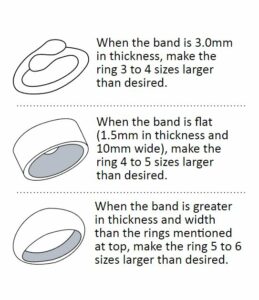Art Clay Silver Paper Type Series
Short intro movie of Art Clay Silver Paper Type Series
Characteristics of Art Clay Silver Paper Type
Different characteristics from other Art Clay Silver series products. Art Clay Silver Paper Type is a material designed to bend and fold easily without the need to add water. By simply using a craft punch, scissors, or cutter, you will be able to cut the material easily and precisely. It turns into 99.9% pure silver after firing (contains 96% fine silver prior to firing). You can apply techniques from Origami , paper-crafting, fabric and leather crafting. Shrink up to 10% in length.
Regurlar Paper type
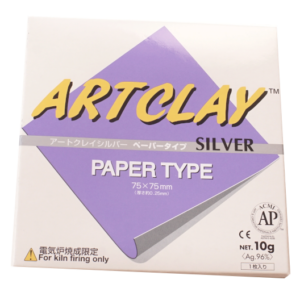
Available in 10g Size: 75 x 75 x 0.25mm thickness
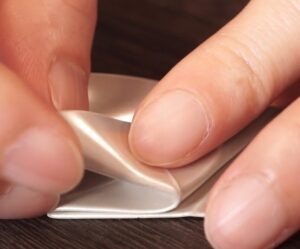 | 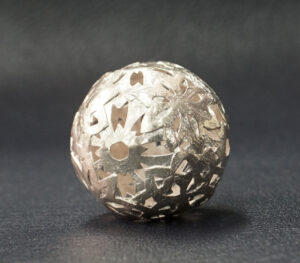 | 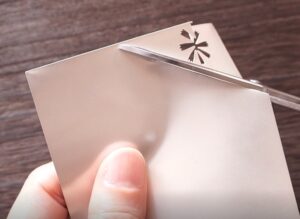 | 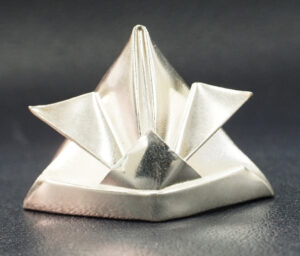 | 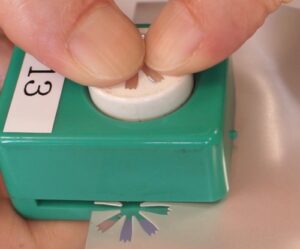 | 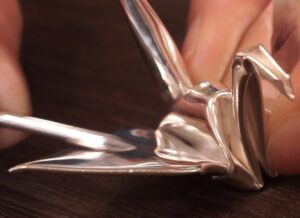 |
Paper Type Long

- Available in 15g package. Size: 40 x 200 x 0.25mm thickness.
- This type is used for making “Silver Quilling”.
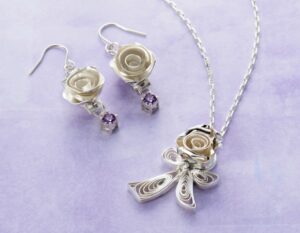 |  | 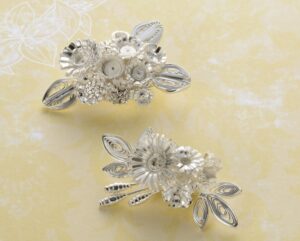 |
Paper Type Plus
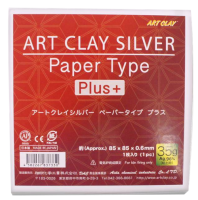
- Available in 35g package. Size: 85 x 85x 0.6mm thickness
- This type is used for making “Origami jewellery”
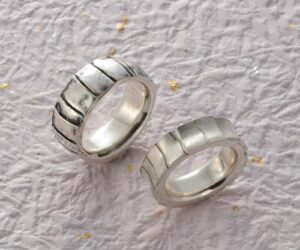 | 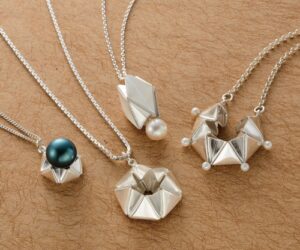 | 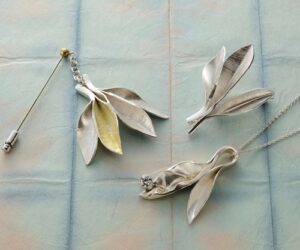 |
Check before start making
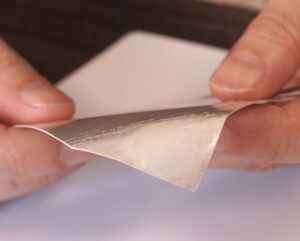
- Do not apply any additional moisture onto the surface. It will remain soft during your work without moistening.
- Do not apply any excess moisture onto Paper Type, or it will lose its characeristics.
- If your piece has a crack, you can repair it after firing with Art Clay Silver Paste Type.
- Drying the piece is no needed before firing. Do not use a hot air dryer or other appliances to dry the piece. It may become fragile due to the binder’s characteristic. Do not dry the piece on top of an electic kiln, the binder may catch fire.
Warning
- Do not store or work with this product at a temperature of more than 50℃/122°F and/or humidity more than 80%.
- Do not store in a refrigerator.
- Store the unused portion of Paper Type in the original paper package at room temperature.
- You do not need to store in plastic wrap or an airtight container.
- Keep the clay indoors and out of direct sunlight and also keep it out of the reach of children.

Firing: Only kiln firing is available
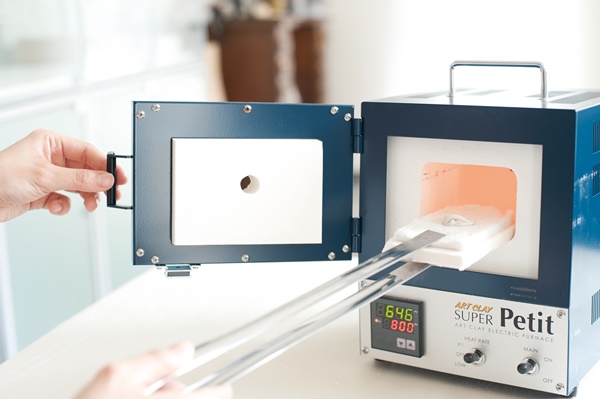
Place the piece into a cold kiln and raise the temperature to 800℃/1472°F for 30 minutes or 850℃/1562°F for 20 minutes. Please take at least 10 minutes to reach those temperature.
Warning
- You may find brown spots on Paper Type surface, which coming from discoloration of binder. It will go away after firing.
- Use it soon after opening the package.
- If you get any of this product in your eyes or mouth, flush immediately with plenty of water and call your physician.

Caution
- Do not put the piece into a warm kiln excedding a temperature of 200℃/392°F, as it may cause deformation or may burst.
- Ventilate your workroom well during firing. Although the binder is not harmful for humans, it creates smoke during firing.
- Firing with butane torch, gas stove and microwave kiln is not available, since Paper Type is very thin material, and these firing methods may melt the piece. It may cause a spark with very thin material, and these firing methods may melt the piece. It may cause a spark with microwave kiln firing.
- When firing a dimensinal piece, use a support material, such as fiber branket, to avoid deforming. Do not pack the support material too tightly in the folded Paper Type. It will affect the shrinkage process, and may cause the piece to break.
- When taking the fired piece from the kiln, do not touch it with your fingers as it will still be hot. For polishing, cool it down completely and finish the piece.
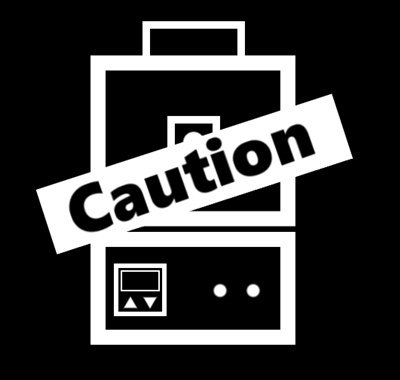
- You cannot reconstitute the remaining or left over portion into either Art Clay Silver Clay Type or the original Paper Type by adding water, because the reconditioned clay is hard to dry and may burst during firing. Paper Type cannot be reconstituted by rolling into a sheet. You can recycle Paper Type to use as Paste. Please note that strength in dried state, and that adhesiveness is weaker than Art Clay Silver Paste Type.
- Do not mix Paper Type with other Art Clay Series products since different binder is used.
- Feeling sticky surface of Paper type touching with moistened finger is normal, coming from the character of Paper Type.
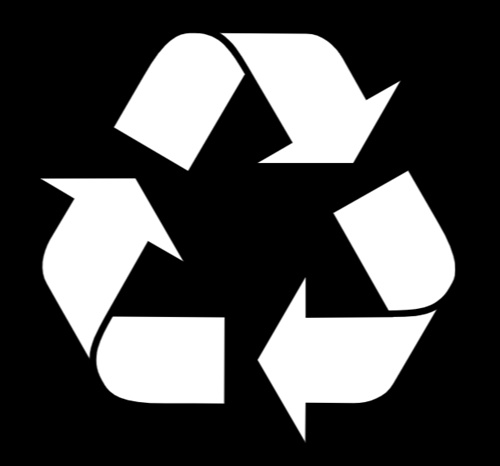
Warning
- Insufficiently dried clay may cause breakage during firing.
- Oxygen is consumed and smoke and/or gas emission may result during firing. Always be sure to ventilate the workroom well.
- Do not place recently fired clay on or near by inflammable objects as it may cause a fire.

Caution
- Take care not to get burned by the heated clay when drying, firing, and/or after firing.
- Keep this product out of reach of children.
- If you get any of this product in your eyes or mouth, flush/rinse immediately with plenty of water and call your physician if necessary.

Art Clay is certified safe for use
The AP (Approved Product) Seal, with or without Performance Certification, identifies art materials that are certified safe for use in an extensive toxicological evaluation by medical experts to contain no materials in sufficient quantities to be toxic or injurious to humans, including children, or to cause acute or chronic health problems. This seal is currently replacing the previous non-toxic seals: CP (Certified Product), AP (Approved Product), and HL Health Label (Non-Toxic) over a 10-year phase-in period. Such products are certified by ACMI to be labeled in accordance with the chronic hazard labeling standard, ASTM D 4236, and the U. S. Labeling of Hazardous Art Materials Act (LHAMA). Additionally, products bearing the AP Seal with Performance Certification or the CP Seal are certified to meet specific requirements of material, workmanship, working qualities, and color developed by ACMI and others through recognized standards organizations, such as the American National Standards Institute (ANSI) and the American Society for Testing and Materials (ASTM). Some products cannot attain this performance certification because no quality standard currently exists for certain types of products.
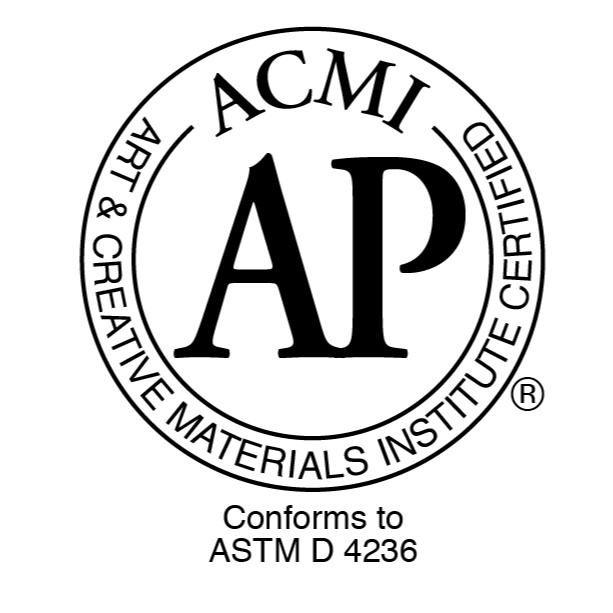
Frequently Asked Questions
You can use Art Clay Bronze in 2-stage firing as an option especially if you prefer to burn off binders of a thick piece, such as over 15mm thickness. Please note that it will give more strength, but also more shrinkage after firing.
(Phase 1) Open shelf firing
Place dried pieces on a fiber board, and put them in a kiln. Fire from room temperature to 450°C, then remove immediately. Let pieces cool down to room temperature. Spread at least 1 cm of activated carbon on the bottom of a firing pan. Place pieces on the carbon layer, then cover with at least 2cm more carbon. Place the pan into a kiln.
(Phase 2) Carbon firing
Ramp from room temperature to 820°C, holding 2 hours. Pieces must cool to room temperature in the carbon.
Add a small amount of water to Art Clay Bronze to make a thick paste to fill or mend the broken part. Make sure to use carbon firing after repairing.
Stones compatible with Art Clay Silver should be fine with the firing schedule of Art Clay Bronze. Test-firing stones is recommended. Compared to the open-shelf firing of Art Clay Copper, carbon firing Art Clay Bronze has a minimal chance of oxidation, therefore discoloration of synthetic stones with bronze rarely occurs.
You can fire several pieces at once as long as all pieces are buried completely in carbon. Allow 2cm carbon between pieces. Pieces touching within the carbon may result in underfiring.
Enough oxygen exists to burn off the binder even your piece is in carbon with a lid on the pan. It is recommended to have a lid on as it will contribute to a more beautiful finished color after firing.
Yes, you can pickle fired Art Clay Bronze to remove oxidation. Carbon firing will create only a very thin oxide layer on Art Clay Bronze, and you can brush/polish it off to remove it quite easily. Yes, Art Clay Bronze will discolor by oxidation as time goes by just like copper. Patina will be created on the surface exposed to high moisture or sweat. Polishing or pickling will remove oxidation or patina.
There is no big difference in drying time compared to any other Art Clay series. The strength and flexibility of Art Clay Bronze after drying is also almost the same as with other Art Clay series.
In some rare cases, there may be a possibility of reaction due to the metal. If you have allergy to copper or tin, check with your Doctor if you can work with rubber gloves or should not work with it.
When combined with other ACS series products, the clay characteristics will change. Drying and firing conditions will also vary. Therefore, it is not recommended to mix clay types as there is possibility of damage during firing.
If Art Clay Bronze contacts in high humidity, oxidation will occur. Do not add moisture to any storage case. It is recommended that you keep Art Clay Bronze tightly wrapped with plastic wrap in an airtight container.
Yes, you can use it as you would with regular Art Clay Silver. In that case, please use AIDA’s recommended empty syringe . Art Clay Bronze easily oxidizes in especially wet conditions. Make only as much syringe clay as you need, simply by adding water evenly to the bronze clay to a consistency good for syringe extruding.
The metal portion of Art Clay Bronze is 90% Copper and 10% Tin, and the organic portion is binder and water. It shrinks a little more than the regular Art Clay Silver series. For making rings, please check the shrinkage guide shown. Shrinkage after firing: Approx. 10-13%
*Note: Chart indicate Japanese sizing.
